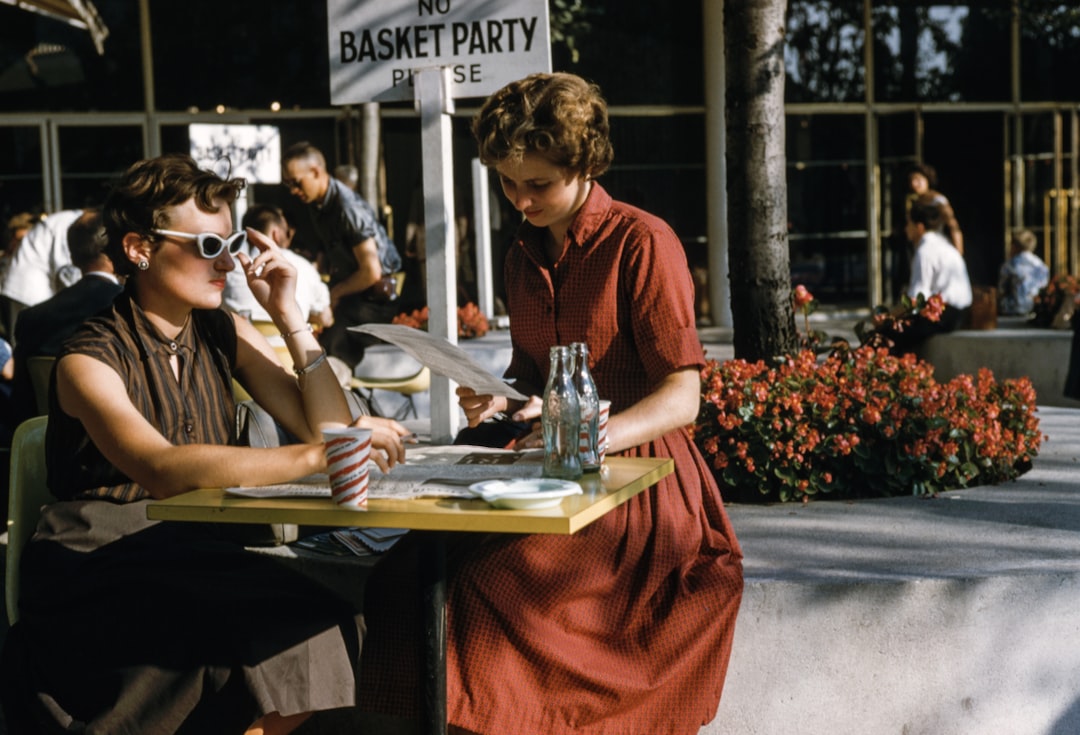Introduction:
The world of film is a mesmerizing interplay of storytelling, technology, and human emotion. From silent black-and-white classics to the visually stunning productions of the modern age, cinema has continuously evolved, capturing the essence of human experience. This article delves into the multifaceted nature of film, exploring its history, technological advancements, narrative techniques, cultural impacts, and future trends. Engage with the intricate world of cinema and discover how it shapes and reflects our society.
The Evolution of Cinema
The journey of cinema began in the late 19th century with the invention of motion picture cameras and the establishment of the first film production companies. Early films were short and silent, often accompanied by live music during screenings. The introduction of synchronized sound in the 1920s transformed the film industry, leading to the era of talkies and the golden age of Hollywood. Over the decades, cinema has been influenced by technological innovations, changing political climates, and cultural shifts, evolving into a powerful medium for storytelling and a reflection of society.
Breakthroughs in Filmmaking Technology
The film industry has been marked by significant technological advancements that have expanded the possibilities of storytelling. The transition from analog to digital filmmaking has revolutionized the production process, making it more accessible and versatile. Innovations such as CGI (Computer Generated Imagery) and VFX (Visual Effects) have opened new dimensions in visual storytelling, allowing filmmakers to create stunning, immersive worlds that were previously unimaginable. Additionally, the advent of high-definition cameras and sound systems has enhanced the viewing experience, making films more engaging and realistic.
Narrative Techniques in Cinema
Narrative techniques in cinema involve the specific methods directors and writers use to tell their stories. These techniques can range from non-linear storytelling, as seen in Christopher Nolan’s “Memento,” to the use of voice-overs, flashbacks, or multiple perspectives to enrich the narrative. The choice of narrative structure can deeply influence the viewer’s engagement and interpretation of the film, making it a crucial aspect of filmmaking. Moreover, the integration of genres and the exploration of complex themes such as identity, morality, and existentialism challenge audiences, pushing the boundaries of traditional storytelling.
Cinema as a Cultural Mirror
Films often reflect the cultural, social, and political environments in which they are made. They can serve as historical documents, capturing the essence of an era, or as commentaries on societal issues. Cinema has the power to influence public opinion and spark discussions on topics ranging from human rights to environmental concerns. Furthermore, by presenting diverse stories and perspectives, films play a vital role in promoting cultural understanding and empathy among global audiences.
The Future of Film
As we look to the future, the film industry stands on the cusp of further transformation, driven by evolving technology and changing viewer habits. Streaming services and on-demand entertainment have already begun to reshape how audiences consume films. Virtual reality (VR) and augmented reality (AR) are set to offer more immersive experiences, potentially changing the very nature of filmmaking and viewing. Additionally, as global cinema gains prominence, cross-cultural collaborations and productions are likely to increase, enriching the cinematic landscape with diverse voices and stories.
In conclusion, film is not just a form of entertainment but a dynamic art form and a critical tool for cultural expression and societal reflection. As it continues to evolve, it promises to bring new innovations and insights, holding a mirror up to humanity and projecting our dreams, fears, and realities onto the silver screen.







